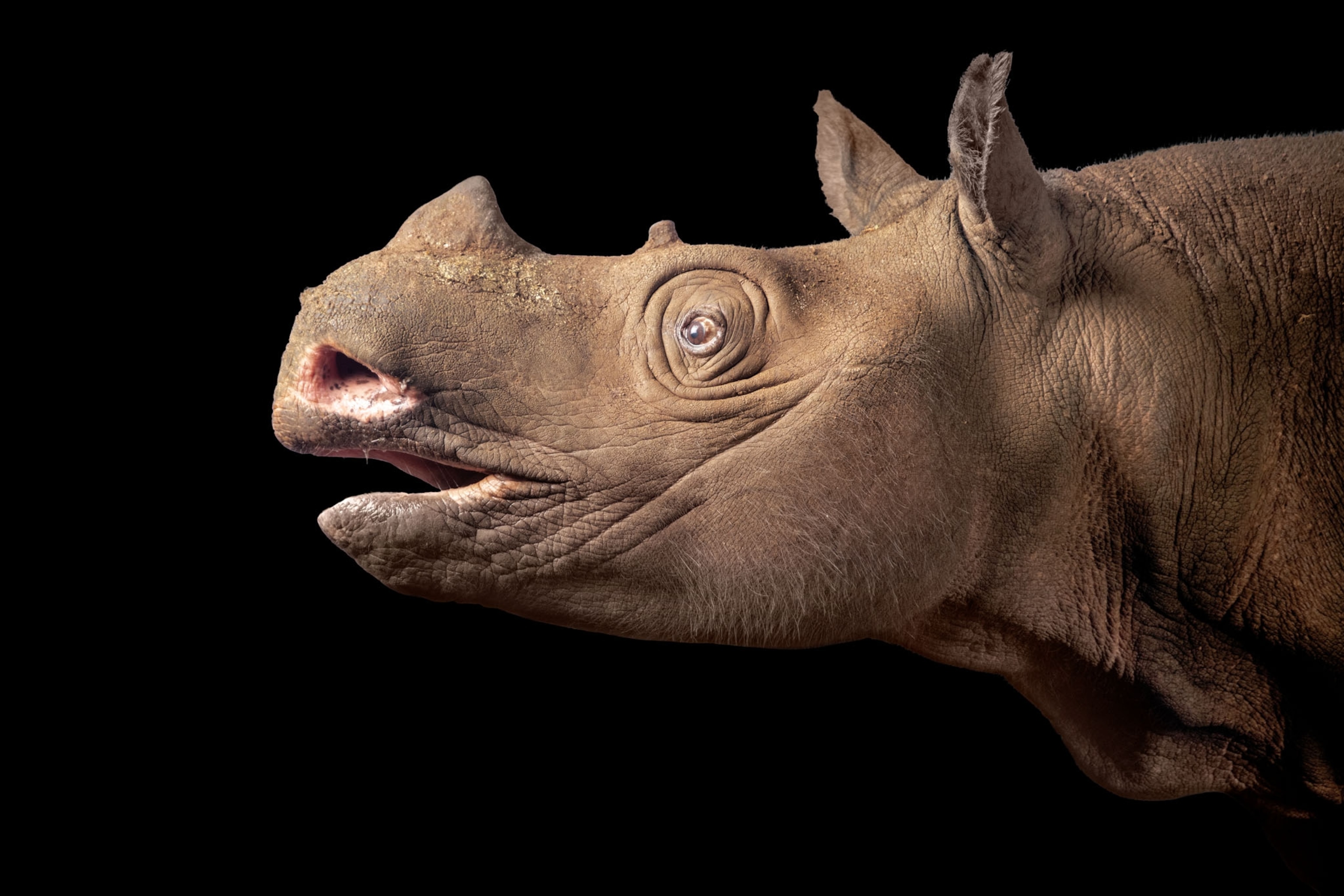
How these threatened animals could bounce back
From hairy rhinos to squirrel-size monkeys, these species are poised to survive thanks to conservation efforts.
In the 1980s the number of giant pandas in China hovered around 1,100. Now, after decades of focused conservation, giant pandas have been crossed off the endangered list. Habitat preservation, anti-poaching efforts, and advances in captive-breeding programs can offer a lifeline to the most endangered members of the biosphere. In 2019 a total of 10 creatures showed improved status on the list of threatened species produced by the International Union for Conservation of Nature. Many more need help, including these animals that conservationists are trying to pull back from the brink.
Sumatran rhinoceros
(critically endangered)
Poaching and human encroachment have left fewer than 80 Sumatran rhinos in the world—a drop of more than 70 percent compared with 20 years ago. To stave off extinction, conservation groups, including the National Geographic Society, stepped in to relocate rhinos into sanctuaries and monitor the last wild rhinos in Indonesia. Births in captivity have brought hope that more breeding programs can save the species.
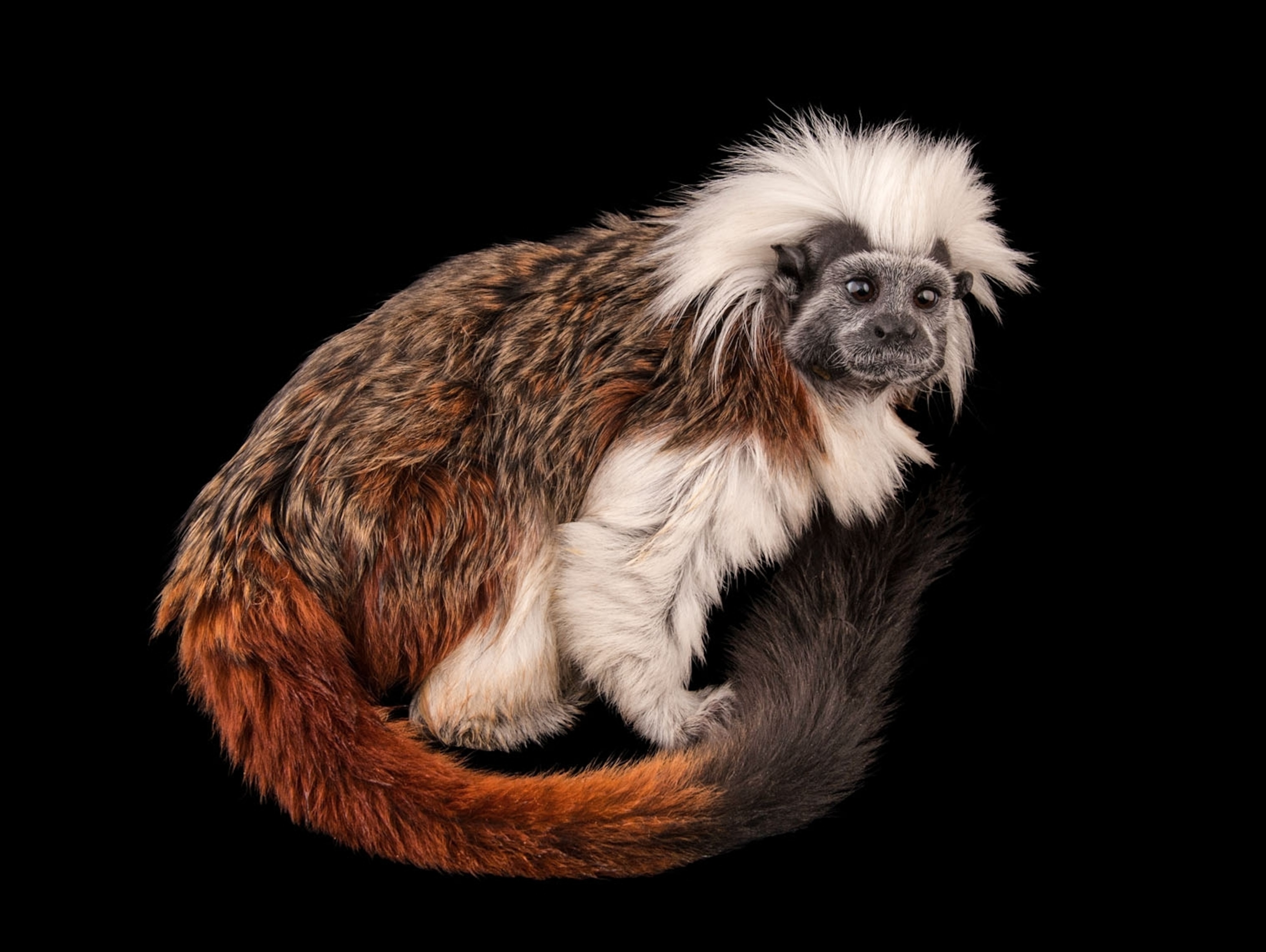
Cotton-top tamarin
(critically endangered)
This tiny, long-haired monkey lives only in the tropical forests of Colombia, where agriculture and urban growth have led to a significant population drop in the past few decades. Proyecto Titi strives to reverse this: From 2011 to 2018, the organization, which is supported by the Disney Conservation Fund, protected nearly 14,000 acres of the monkey’s habitat, launched education programs, and opened new reserves and field sites to build up the population. (The Walt Disney Company is majority owner of National Geographic Partners.)
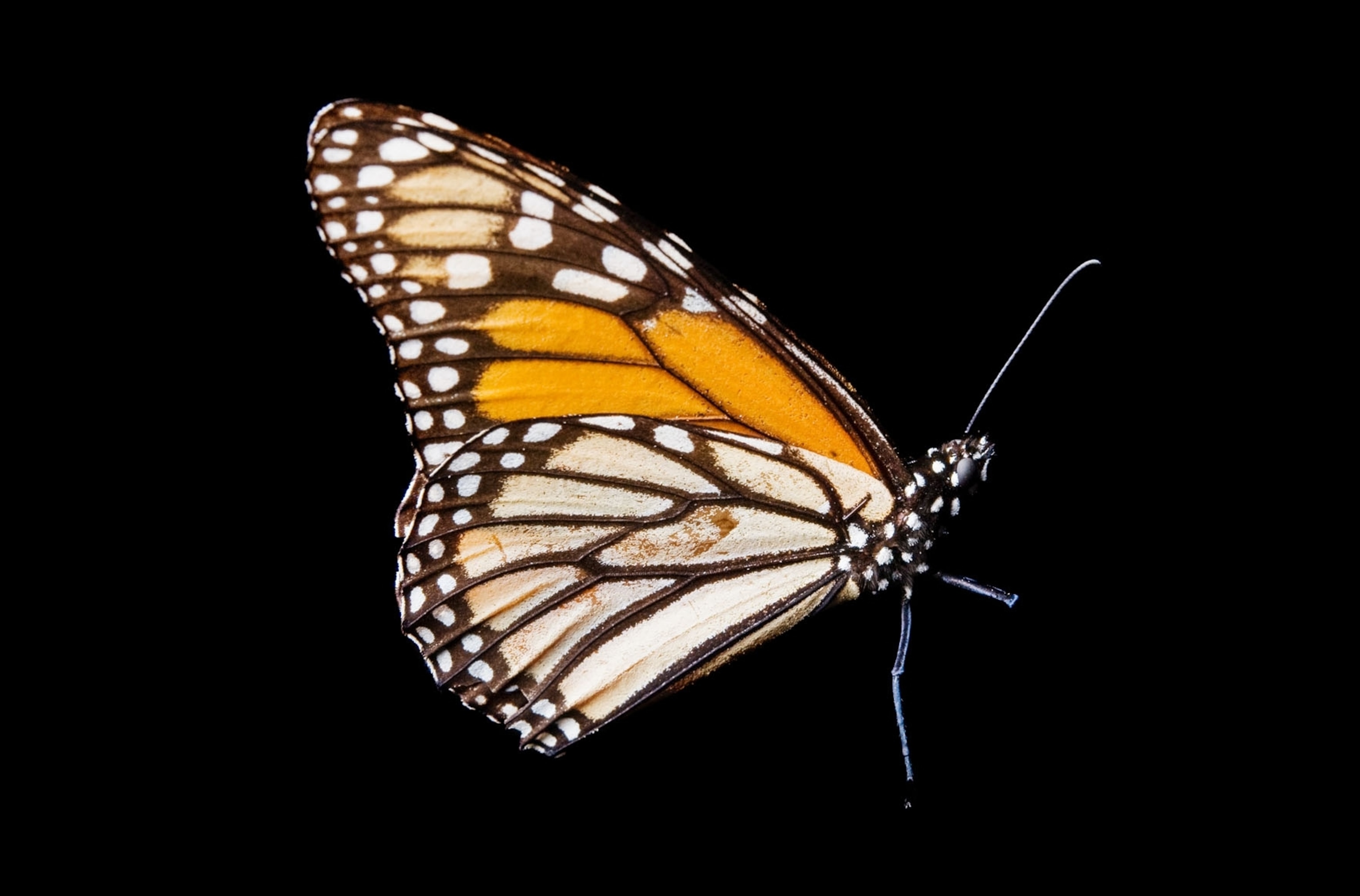
Monarch migration
(a threatened phenomenon)
The monarch butterfly’s annual trip south is one of nature’s most spectacular winter events. Around 20 years ago the insects began to decline, possibly from climate change and forest loss. In 2014 Canada, Mexico, and the U.S. formed a task force to protect the butterfly’s migration route. It may be working: In 2019 the monarchs’ numbers grew, and they were found in 144 percent more forest area than in 2018.
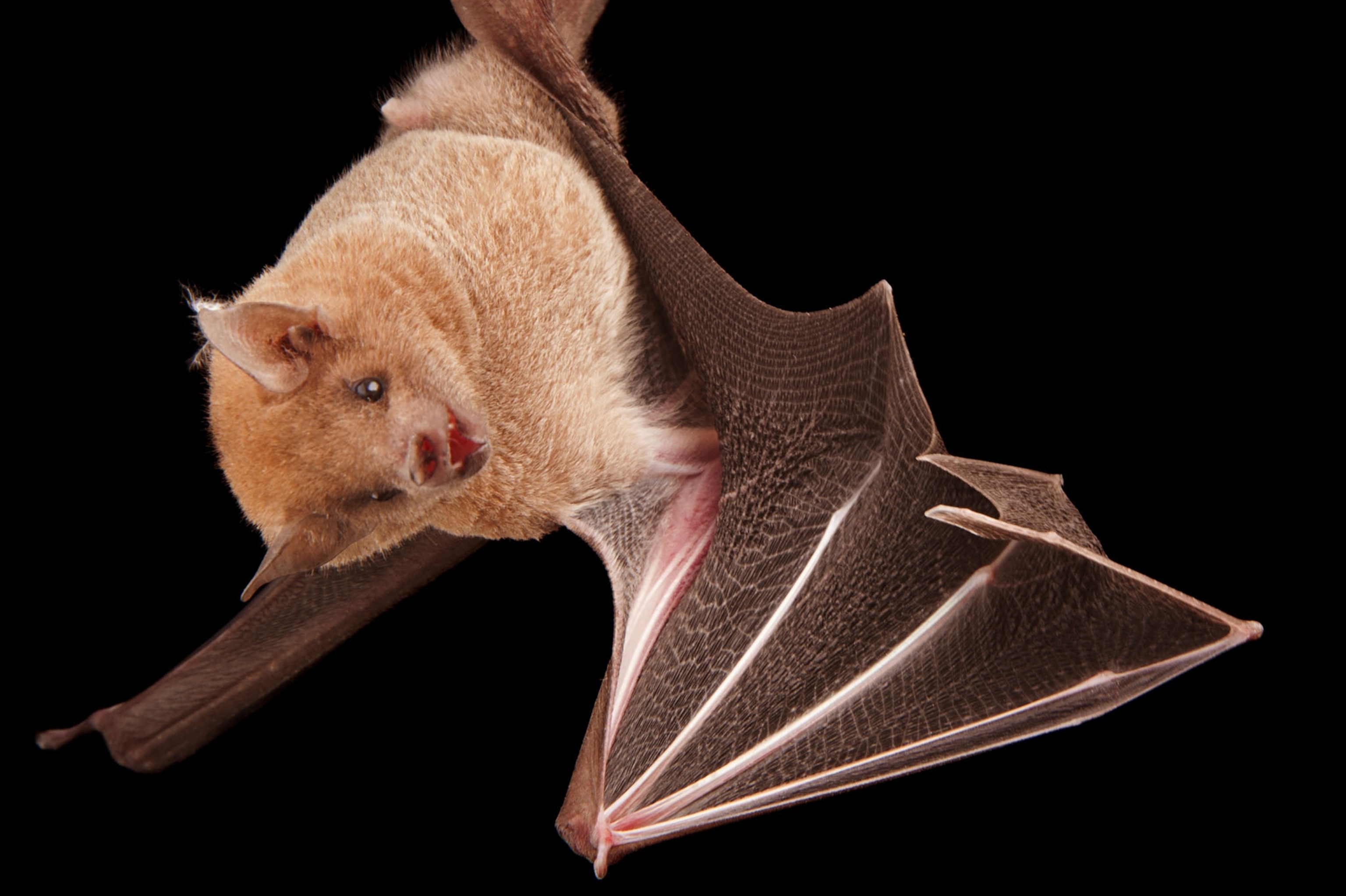
Lesser long-nosed bat
(near threatened)
One of just three North American bat species that feed on nectar, these mammals are vital pollinators of Mexican and U.S. desert plants—including the blue agave plant from which tequila is made. The bat populations suffered because drug and human traffickers were using their caves, and nectar sources were dwindling; by 1988 when the bat was declared an endangered species, only about a thousand of them remained. Enter conservationist Rodrigo Medellín, a National Geographic explorer-at-large known as the Bat Man of Mexico. He has spent decades working to save the species—even creating a “bat-friendly tequila” certification for agave growers who set aside land for the pollinators. By 2018 the bat was taken off both the U.S. and Mexican endangered species lists.
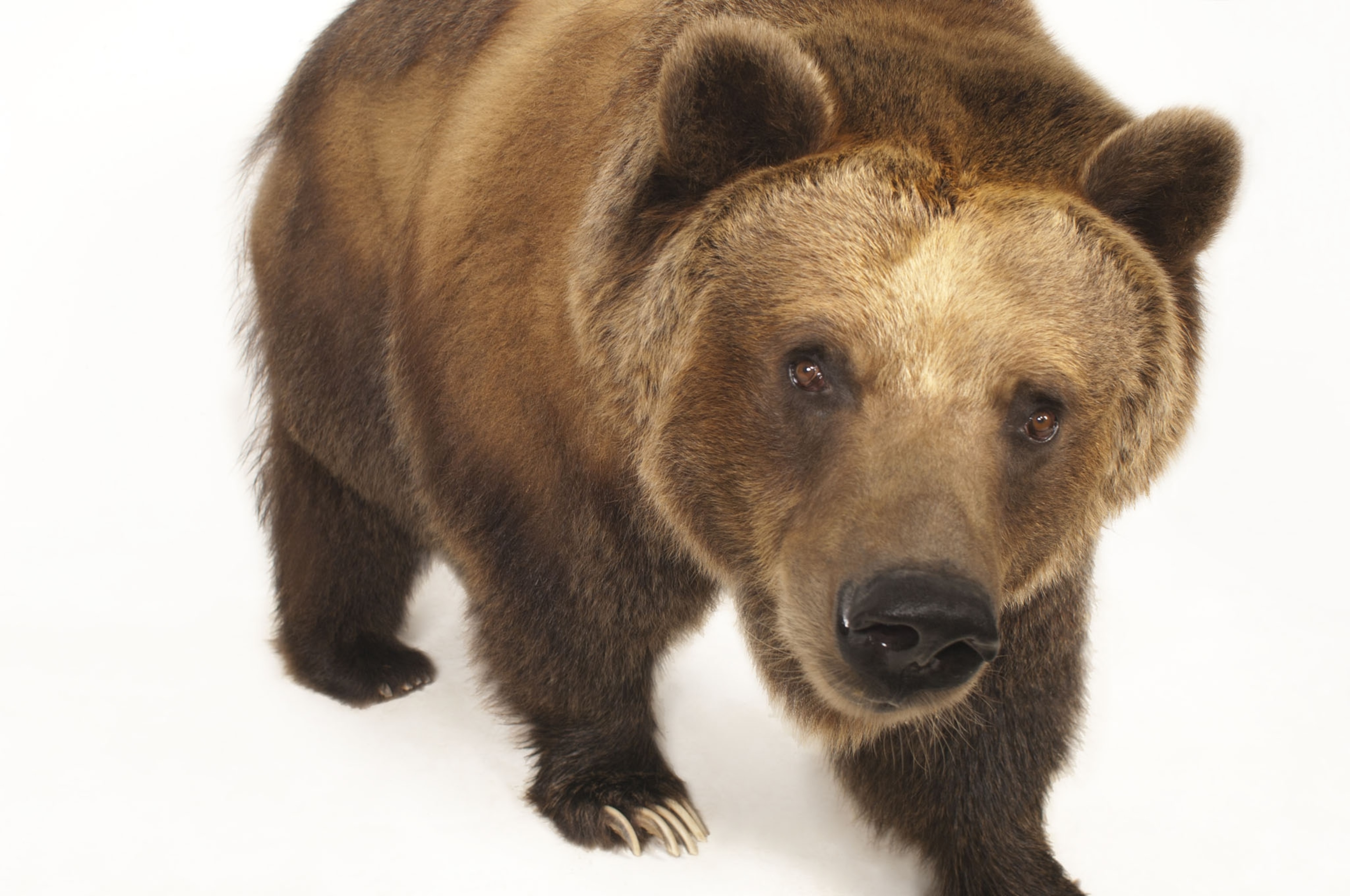
Grizzly bear
(least concern)
More than 50,000 of these North American brown bears once roamed the West, into the Great Plains. Then westward expansion hemmed in grizzly habitat, and aggressive hunting shrank both the bears’ ranks and their range. By the 1960s, an estimated 600 to 800 remained in the wild. But in 1975, grizzlies gained protection under the U.S. Endangered Species Act—and from then until today, their population has quintupled. The U.S. Fish and Wildlife Service maintains recovery zones for the bears and programs to smooth relations between the bears and their human neighbors.

Jamaican iguana
(critically endangered)
Experts could be forgiven for thinking that this reptile had gone extinct in the 1940s. Its nests of eggs, its young, even full-grown iguanas were beset by invasive species: mongooses, cats, feral hogs, hunting dogs. But a sighting in 1970, and another in 1990, confirmed that members of the species still existed—and launched concerted conservation efforts. The species still is categorized as critically endangered. But thanks to trapping programs to reduce mongoose numbers, and release programs to add captive-bred iguanas to the wild population, today about 200 of the reptiles live in four square miles of remote forest habitat.




